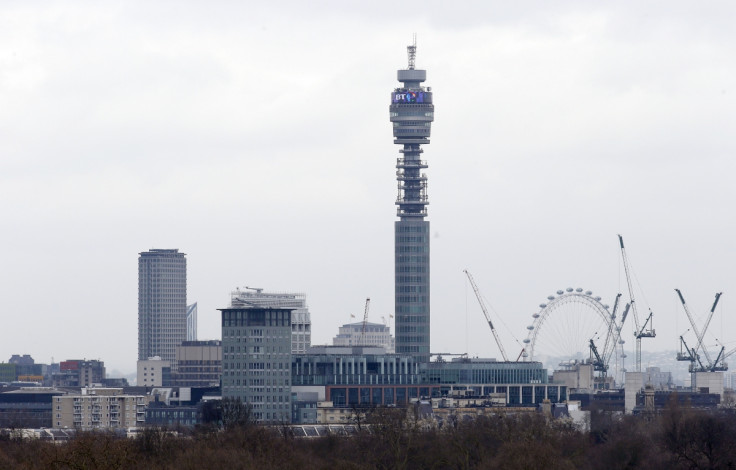Fastest Ever Internet Speed of 1.4 Terabits Achieved in London

BT and Alcatel-Lucent have achieved the "fastest ever" broadband speed of 1.4 terabits per second during a field test in London, which is the equivalent to 44 HD films being downloaded in a single second.
The field test was carried out between the BT Tower in central London and BT's research park in Adastral Park, Ipswitch (a distance of 410km), using existing fibre broadband cables but increasing the efficiency of the data transfer speed by 42.5%.
This means that in the future, as demand for broadband speeds increase, once fibre broadband cables are laid in the ground, network providers won't have to dig them up again to put in new cables, but can instead use the same existing infrastructure to produce higher speeds.
"Essentially it's more important for ISPs and consumers won't see any immediate benefits, just that their provider will be able to keep up with their demands. Consumers won't be able to have 1.4 terabits speeds in the near future, certainly not in the next decade," Oliver Johnson, CEO of broadband analyst firm Point Topic told IBTimes UK.
Affordable
Fibre broadband is seen as a way to provide much faster broadband speeds but many internet service providers (ISPs) are still trying to find a more affordable way to provide these speeds, and if possible, would prefer not to have to dig up the roads to remove all the old copper cables in order to lay new cables, as this is both expensive and disruptive.
In the industry, the debates continue on how best to provide these speeds, with many companies in favour of first trying to get higher speeds out of the existing copper cable network infrastructure that is currently in place.
70% of the UK now has access to fibre and as of the end of September 2013, BT's super-fast fibre broadband network, which offers speeds of up to 80Mbps, has over two million subscribers.
Fibre-to-the-Cabinet
BT's current network works by providing a fibre optic cable from the telephone exchange to your local cabinet on the street near your home. From the cabinet to your house however, the old copper cables are still being used.
This is known as Fibre-to-the-Cabinet (FTTC) and is considered by many in the industry to be the most cost-effective method of providing fibre in Europe.
"This approach is adopted by most European markets because it's a cost-effective way to deliver better bandwidth delivery, [since] the ISP can afford it and the consumers can then afford the resulting price," explained Johnson.
According to Johnson, the next super-fast broadband upgrade coming to the European market after FTTC will be G.Fast, a technology that will provide 1000Mbps speeds.
G.Fast works exactly like FTTC, except the fibre goes a bit closer to your home, to a distribution point which is typically a box on the outside of a building.
In October 2013, BT confirmed in October that a trial of G.Fast in partnership with Huawei will take place at some point this year, but with technical specification for G.Fast yet to be finalised, it is likely to be some time before this service becomes available to consumers.
© Copyright IBTimes 2025. All rights reserved.






















